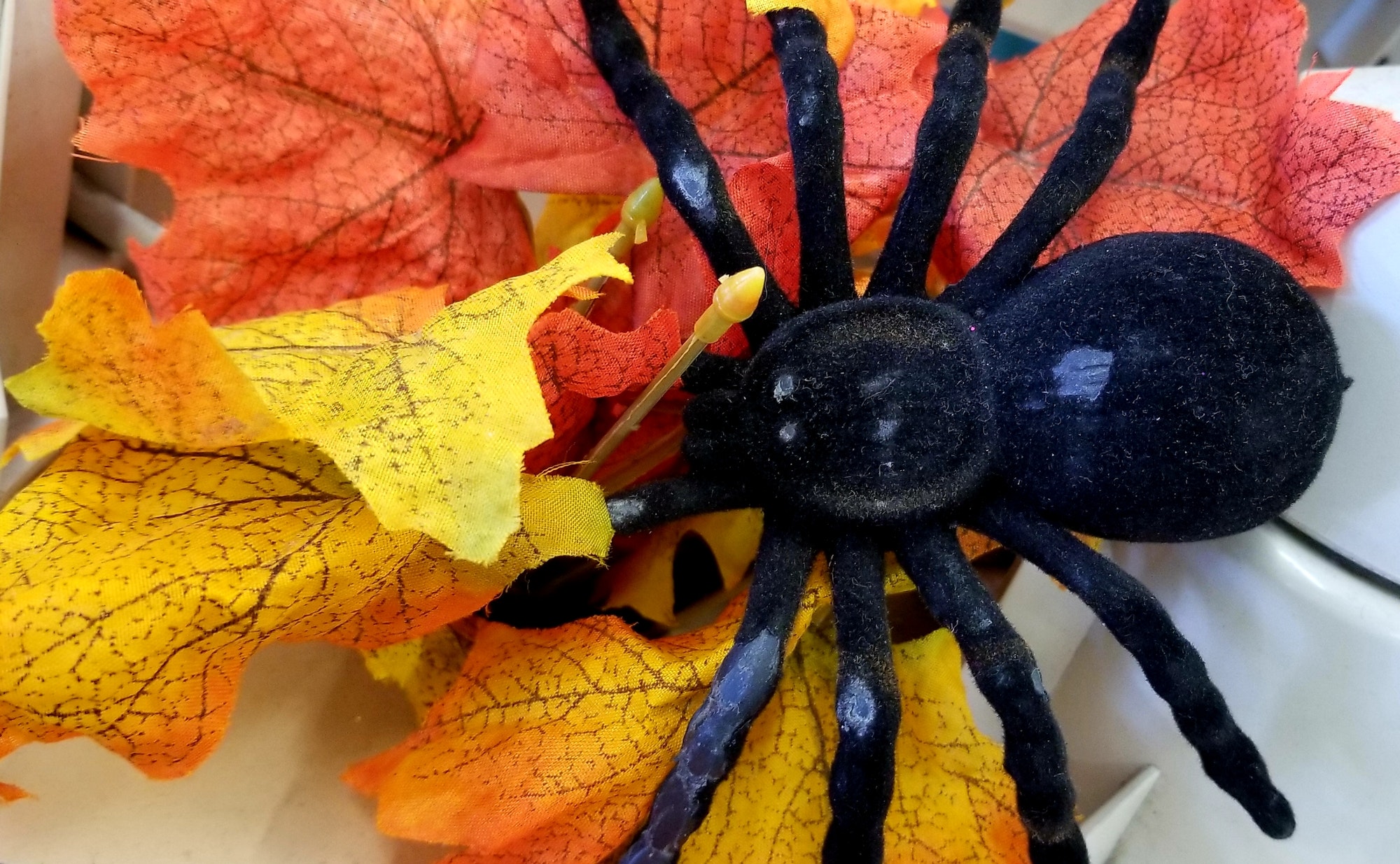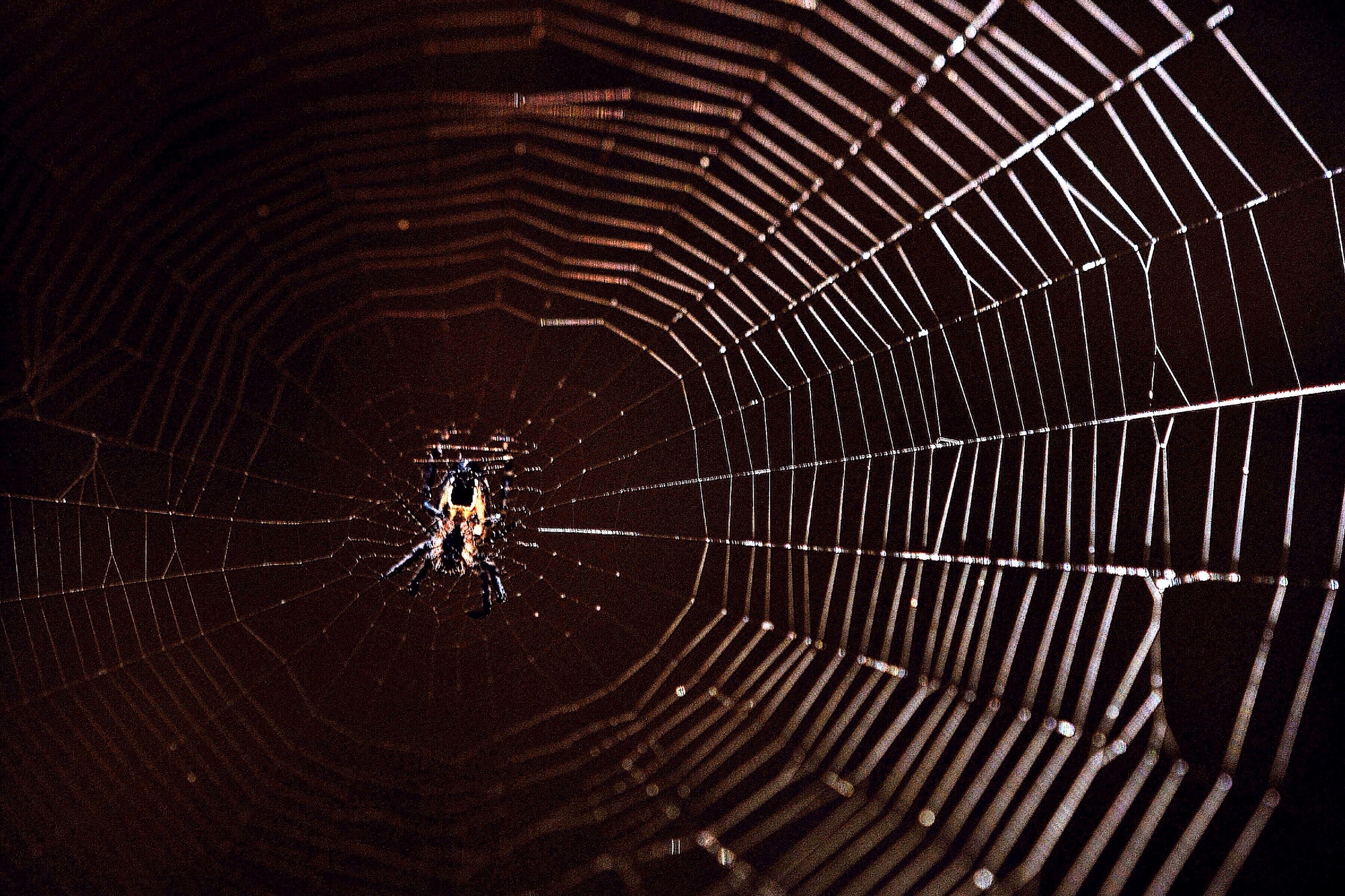Which Spiders in The U.S Are Venomous?
In the United States, there are over thousands of species of spiders; many have been recognized as helpful, most have been recognized as harmless, but they’re at least four types of spiders that have been identified as venomous and dangerous to humans. These four species have been identified in every state of the United States except for Alaska.
Starting off with what is thought to be the most dangerous of these spiders, we have the recluse spiders, with the most infamous of the bunch being the brown recluse spider (Loxosceles reclusa.) The brown recluse is found primarily in the southern, south-eastern, and midwestern states. It is recognizable by a dark violin-shaped marking on its cephalothorax that has the neck of the violin pointed down towards the spider’s abdomen. This spider’s bite can cause serious damage to the skin through tissue loss and necrosis and if not dealt with properly, it can be deadly. Luckily, it is not an aggressive species and it only bites when it is provoked.

Next on this dangerous spider showcase, we have the widow spiders, who’s most infamous member of this gang being the black widow spider (Latrodectus mactans.) The black widow spider can be located throughout North America, from Canada all the way to Mexico. These spiders are famously identifiable by its shiny, black body, with an orange to red marking, usually an hourglass shape, on the underside of the abdomen. They are commonly found in woodpiles, sheds, garages, or hollow stumps outside, but if they make their ways indoors they can be found in cluttered areas like basements or crawl spaces. The black widow’s venom is very potent, even fatal to the elderly and young, as it can cause serious pain, illness, nausea, vomiting, headache, hypertension, and pyrexia.

The third spider on our list of venomous arachnids is the hobo spider (Tegenaria agrestis.) The hobo spider is found in the north-western United States as well as south-western Canada. These spiders are common around human structures, primarily the basement levels as they rarely climb vertically. The hobo spiders have been noticed to be quite aggressive and bite with little provocation, which is alarming given that their bites are similar in effect to the black widow’s. However, the symptoms are far less severe, but still serious, as bites can cause pain and redness around the bite, which eventually leads to blistering which will break open, leaving an oozing ulceration. Other symptoms of the hobo’s venom can include nausea, fatigue, temporary memory loss, vision impairment, and headaches that can last between two to seven days.
Finishing off with a final venomous type of spider, we have the yellow sac spiders (Cheiracanthium inclusum.) These small spiders are located in homes all around the American continent. Due to their common proximity to humans, it is speculated that the yellow sac spiders are the culprits for most of the nuisance bites people in North America experience. They are fairly mobile and bites normally occur at night when they wander onto sleeping humans. Although their venom is the least deadly of the four mentioned, it is still mildly toxic. These spider’s bites can be painful, causing skin irritations, and depending on the amount of venom, they may cause slight necrosis.
The majority of these spiders that happen to be in human settlements are in undisturbed, cluttered areas, where they set up camp in small crevices. A good way to cut back on the amount of interactions one might have with these venomous little guys is to just keep areas free of clutter and piles of belongings. The most venomous two, the brown recluse and black widow, are very nonconfrontational, quietly living to rid the world of smaller pests, like flies, mosquitoes, etc. The less venomous of the four, the hobo and yellow sac spiders, are the mobile nocturnal hunters that are more likely to bite people when approached. Extreme caution should be used when dealing with any of these spiders, but it is best to leave them be and try to coexist.








